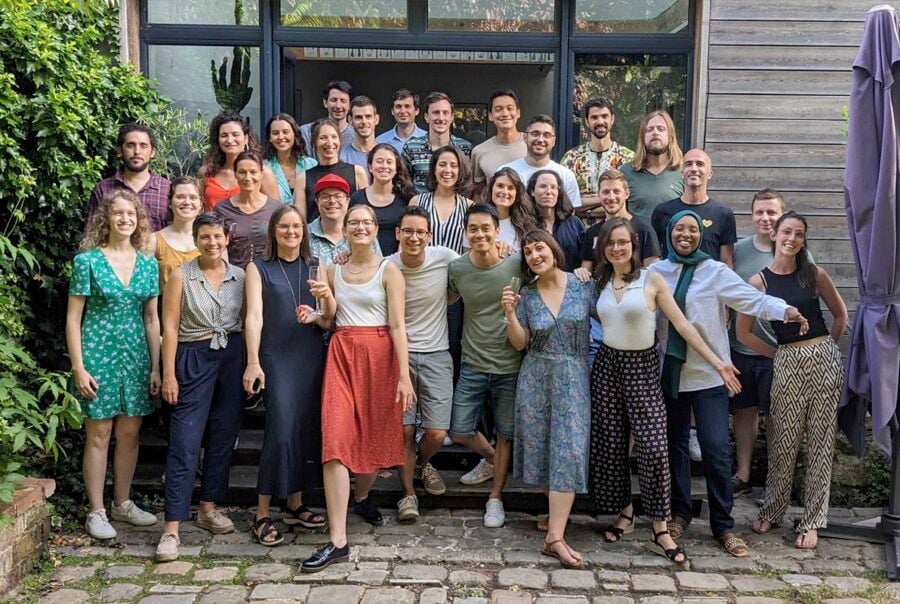
Adam Fields,
Co-founder of Arta
The collectibles market is one of the last ecosystems to go through a digital transformation. What challenges did you face when working to innovate the entire post-purchase experience from automating checkout, fulfillment, insurance and buyer visibility?
The challenge of helping this ecosystem navigate digital transformation is both the problem and the opportunity that excites us, along with the reason we exist. The core challenge of building technical infrastructure in an ecosystem that is still digitally nascent is having counterparts on the client side that have product and technology resources available. It’s easy to talk about digital transformation and the need to improve your business in this new age, but it’s much harder to actually do something about it.
The good news is that we’ve seen our clients —merchants, marketplaces, and auction houses—internalize their product and technology resources at a rapid clip to be able to execute on their digital transformation strategies. With resources in place, the second challenge is prioritization. How do they think about prioritizing their digital efforts and strategy?
We are innovating on the entire post-purchase stack— fulfillment, insurance, visibility—gives us the opportunity to be part of the checkout process, which is oftentimes the first area businesses are reassessing as part of their digital transformation strategy, and creates an opportunity for us to be part of early conversations with clients.
The other challenge we’ve tried to address is lack of technical aptitude, resources, and time. There are multiple ways to access our products and solutions, including API endpoints available across all of our products, hosted solutions available through our dashboard, and integrations into common platforms like Shopify. We prioritized this in an effort to meet our clients where they were, with the resources and time available to them, helping them adopt new technology, accelerate time to value, use of our products and ultimately increase the checkout and post-purchase experience for their customers.
In a previous article, you mentioned you are constantly looking for a way that technology can make antiquated industries more efficient. What other industries are you interested in changing if it wasn’t the collectibles industry?
We look at the collectibles industry as an entire ecosystem that is in the midst of a digital transformation, and essentially the last frontier of retail to be evolving. The collectibles ecosystem is complex, and yet exciting, as most technologies that provide solutions for standard, DTC, and CPG ecommerce, aren’t exactly applicable to the collectibles ecosystem, at least not without extensive customization and sacrifices.
Every industry that touches the collectibles ecosystem is ripe for disruption and more purpose-built solutions. We started with a focus on the logistics and fulfillment challenges, which created an opportunity to influence the post-purchase experience holistically. With that in mind, we do see opportunities across payments, insurance, compliance, and authentication. We are uniquely positioned to expand our product suite to further enable our clients to increase sales, decrease operating costs, and improve customer experience outside of logistics and fulfillment.
Do you have plans for expanding product integrations in the near future?
Absolutely. We are looking to expand our integrations on two fronts. The first is in ways that make it easier for our clients to implement Arta and get access to our products. Outside of Shopify, we’re considering ecommerce platform integrations with other platforms based on client demand.
The other area we think about product integration is ways that we can limit the integration work our clients need to do by providing them the service layer infrastructure for all of their needs. This would extend to integrations across the payments, logistics and insurance components of the customer experience, which we continue to focus and invest in for our clients.
With Arta being a client-focused company, what advice do you have for other entrepreneurs trying to set up their business with this as a core value?
It can be a difficult task at times, because often an entrepreneur’s vision is a bit ahead of their client’s vision for what they need. So part of the advice is to have unflappable belief in your vision and the problem you are solving. Without this there is no way to be successful. The other is to try and meet your clients where they are, supporting and assisting them along every stage of your maturity curve. This can be done with services outside of technology, messaging that resonates with your target audience, building products and workflows that guide clients throughout the process, and iterating your overall go-to-market approach. t. The core advantage of a startup is its ability to move fast and be flexible so never lose sight of the ability to use that to your advantage and adapt to your clients and their needs.






